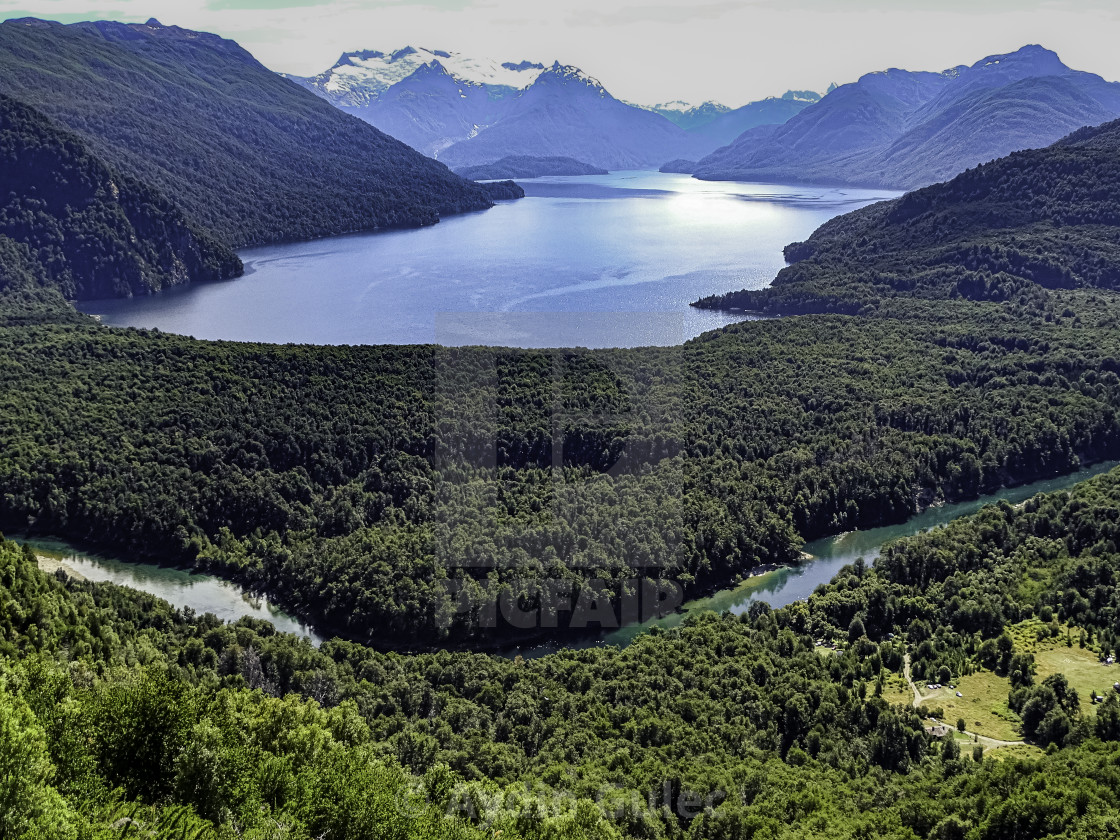
Alerce Forest
Description
Designated a World Heritage Site in 2017, Los Alerces National Park was created in 1937 to protect forests of alerce trees, called lahuán by the Mapuche people, and other examples of the flora of the Patagonian Andes. The National Park has the largest alerce forest in Argentina. Alerce is often compared in appearance to the Sequoia trees of the United States, reaching a very large size. It is one of the longest-living trees in the world; some in Chile are 3,600 years old. The alerce grows very slowly and belongs to the family Cupressaceae (cypresses). The alerce is restricted to a small range in Chile and Argentina and the species is endangered due to exploitation of the tree for lumber. The best-known alerce forest in the park, reachable by boat and often visited by tourists, is at a boat dock called Puerto Sagrario at the northern end of Lake Menéndez. The largest known alerce tree in Argentina is located there. It is 57 metres (187 ft) tall, 2.2 metres (7.2 ft) in diameter, and 2,600 years old. Regular tours visit the forest. Taller and larger alerce trees are believed to exist on the southwestern arm of Lake Menéndez, but access to that area is restricted. The virgin alerce forests in the park cover an area of 7,407 hectares (18,300 acres) on the two arms of Lake Menéndez and the upper part of Amutui Quimey Reservoir, and along the streams feeding into those lakes.
Details
5184 x 3888px
Formats
Digital Download
Printed Product
Buy
From $9.00